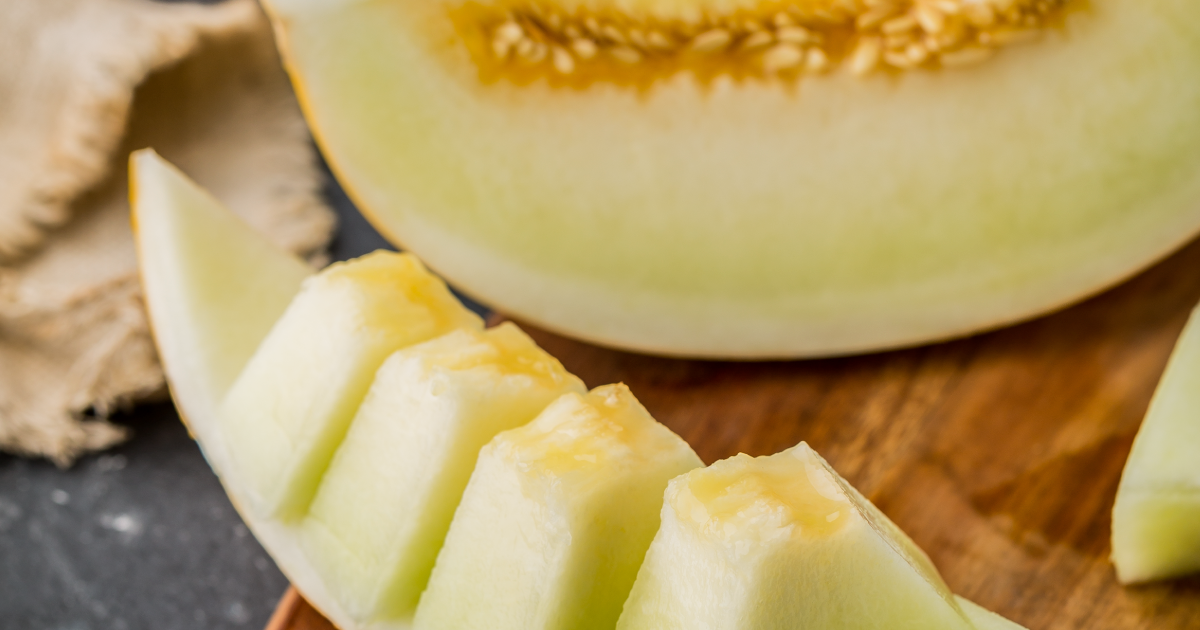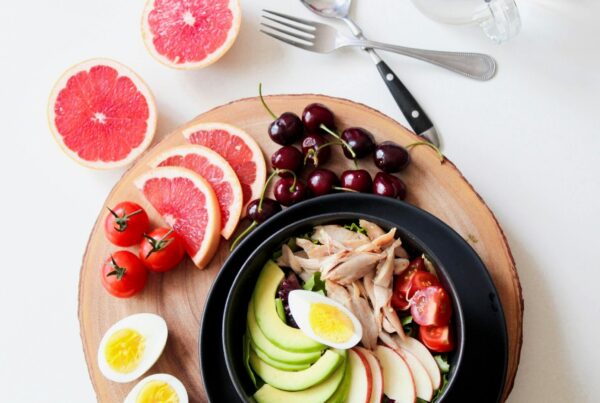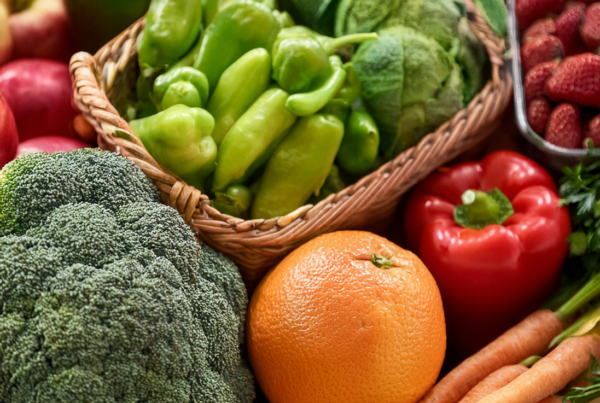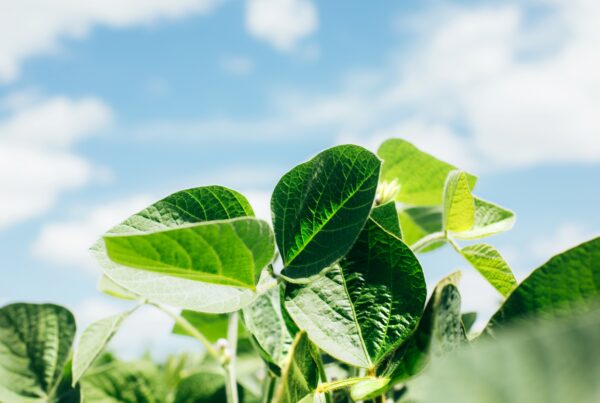
With the arrival of the good weather, new fruits also arrive in our homes. One of the most eagerly awaited is the melon. Spain is the European country at the top of the melon production list, followed by the Netherlands and France.
This sweet and refreshing fruit contains very few calories, approximately 340 per kilo, and at the same time a lot of mineral salts (potassium, magnesium, calcium and iron). Its composition is simple and very healthy: 90% is water, carbohydrates and a little fibre.
There are many properties that it offers us, and we would like to show them to you in this article:
- They are great allies in slimming diets. Thanks to their high water content and low calorie content, they are the perfect food for a slimming diet.
- It is a source of collagen that helps to regenerate the skin and its tissues.
- Due to its high potassium content it is perfect for the nervous and muscular system.
- Promotes the formation of red blood cells.
- Thanks to the presence of carotenoids such as beta-carotene, it helps to improve vision.
- Reduces blood pressure.
- It is diuretic and laxative.
- Helps prevent ageing.
- Facilitates the formation of antibodies, thereby strengthening the immune system.
- Due to the high vitamin C content, it improves teeth and bones.
Did you know that there are more than 850 varieties of melons?
There are many varieties of melons, and we can group them according to the colour of the rind, the pulp, shape... The most common grouping is according to the appearance of the rind. Let's see which are the most common ones:
Types of Spanish green melon:
These are the ones with a green skin, and are the most typical ones we can find on the supermarket shelves. Within this type, there are different varieties.
- Piel de Sapo Melon:
The most common of all, with an oval and elongated shape, it is usually eaten in the summer months. The rind is hard and thick, green with green stripes. Depending on the degree of ripeness, the colour of the stripes will vary. The flesh, on the other hand, is pale green, almost yellow, and has a sweet taste.
Yellow melons:
They are characterised by their yellow skin and their flesh is usually white or light green. The taste in this case is slightly spicier than that of a sweet melon like the green ones.
Cantaloupe melon:
It is characterised by its thick, green and brown mesh signature. It has a rounded appearance and orange-coloured flesh, very aromatic and sweet flavour. It owes its name to an Italian area, Cantalupo, where this variety of melon was first cultivated. Thanks to this melon we can prepare delicious desserts, milkshakes or smoothies.
Galia melon:
This variety is a hybrid between the green-fleshed Ha-Ogen melon and the clear-rinded Krimka. It has a rounded shape and a skin similar to that of the Cantaloup, with a rough mesh shape that turns yellow when it reaches maturity.
How do you know which melon to choose?
We have already read many things about melons, but we would like to comment on something as important as what to look for when choosing one melon or another. We know that it is not easy, and that only true experts always get it right, but we would like to give you some tips to make your selection easier:
- Squeeze with your hands at both ends. Ideally, it should feel neither too hard nor too soft. If it is so soft that your fingers sink in, it indicates that it has overripened. If, on the other hand, it is too hard, it has not yet reached the optimum point.
- Tap it lightly. If the sound is hard and heavy, it is still green. If, on the other hand, it is hollow and vibrating, it is at the perfect moment.
- It is important to smell the melon (although it may seem strange). If at the end we notice a sweet and fruity smell, it is because we can eat it. If there is no smell, it is because it is not ripe yet.
We hope we have helped you to learn more about melons. At Iberiana we are very proud to be able to offer different varieties of this fruit to our suppliers. Moreover, some of these varieties, thanks to the different countries where the growers we work with are located, we can offer them all year round.






